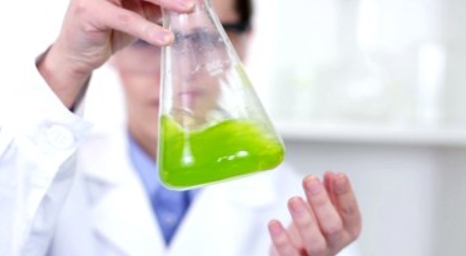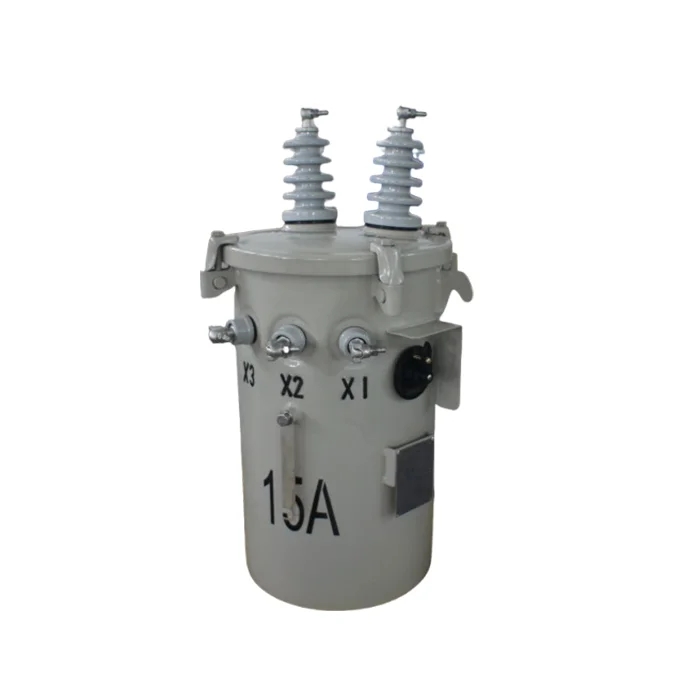In the realm of disinfection, chemical agents play a pivotal role in ensuring the eradication of harmful pathogens. These agents possess unique properties that enable them to effectively combat a wide range of microorganisms. In this article, we delve into the world of chemical disinfectants, exploring their mechanisms of action, highlighting their applications, and providing an in-depth analysis of a prominent example: hydrogen peroxide.
- Understanding Chemical Agents for Disinfection:
Chemical agents used for disinfection are substances specifically formulated to eliminate or inactivate microorganisms. They are designed to disrupt the vital processes of pathogens, rendering them harmless. These agents can be classified into various categories based on their mode of action, including oxidizing agents, halogens, alcohols, and quaternary ammonium compounds. - The Power of Hydrogen Peroxide:
Hydrogen peroxide (H2O2) stands as a remarkable example of a chemical agent widely employed for disinfection purposes. Its unique properties make it a versatile and effective choice for various applications. Hydrogen peroxide acts as an oxidizing agent, releasing reactive oxygen species that damage the cellular components of microorganisms, leading to their destruction. - Applications of Hydrogen Peroxide in Disinfection:
a. Healthcare Settings: In hospitals and healthcare facilities, hydrogen peroxide is utilized for surface disinfection, sterilization of medical equipment, and wound care. Its broad-spectrum antimicrobial activity and ability to break down into harmless byproducts make it an ideal choice for infection control.
b. Water Treatment: Hydrogen peroxide is employed in water treatment processes to eliminate bacteria, viruses, and other contaminants. Its rapid degradation into water and oxygen ensures minimal environmental impact.
c. Food Industry: The food industry relies on hydrogen peroxide for disinfecting surfaces, equipment, and packaging materials. Its non-toxic nature and ability to decompose into water and oxygen make it safe for use in food processing environments. - Advantages and Limitations:
Hydrogen peroxide offers several advantages as a disinfectant, including its broad-spectrum activity, rapid action, and ability to penetrate biofilms. However, it also has limitations, such as reduced efficacy in the presence of organic matter and the potential for corrosive effects on certain materials. - Safety Considerations and Best Practices:
When working with chemical disinfectants like hydrogen peroxide, it is crucial to follow safety guidelines and best practices. This includes wearing appropriate personal protective equipment, ensuring proper ventilation, and adhering to recommended concentrations and contact times.
Conclusion:
Chemical agents, such as hydrogen peroxide, exemplify the power of science in combating harmful microorganisms. Their unique properties and applications make them indispensable tools in various industries, including healthcare, water treatment, and food processing. By understanding the mechanisms of action and employing best practices, we can harness the potential of chemical disinfectants to create safer environments and protect public health.



